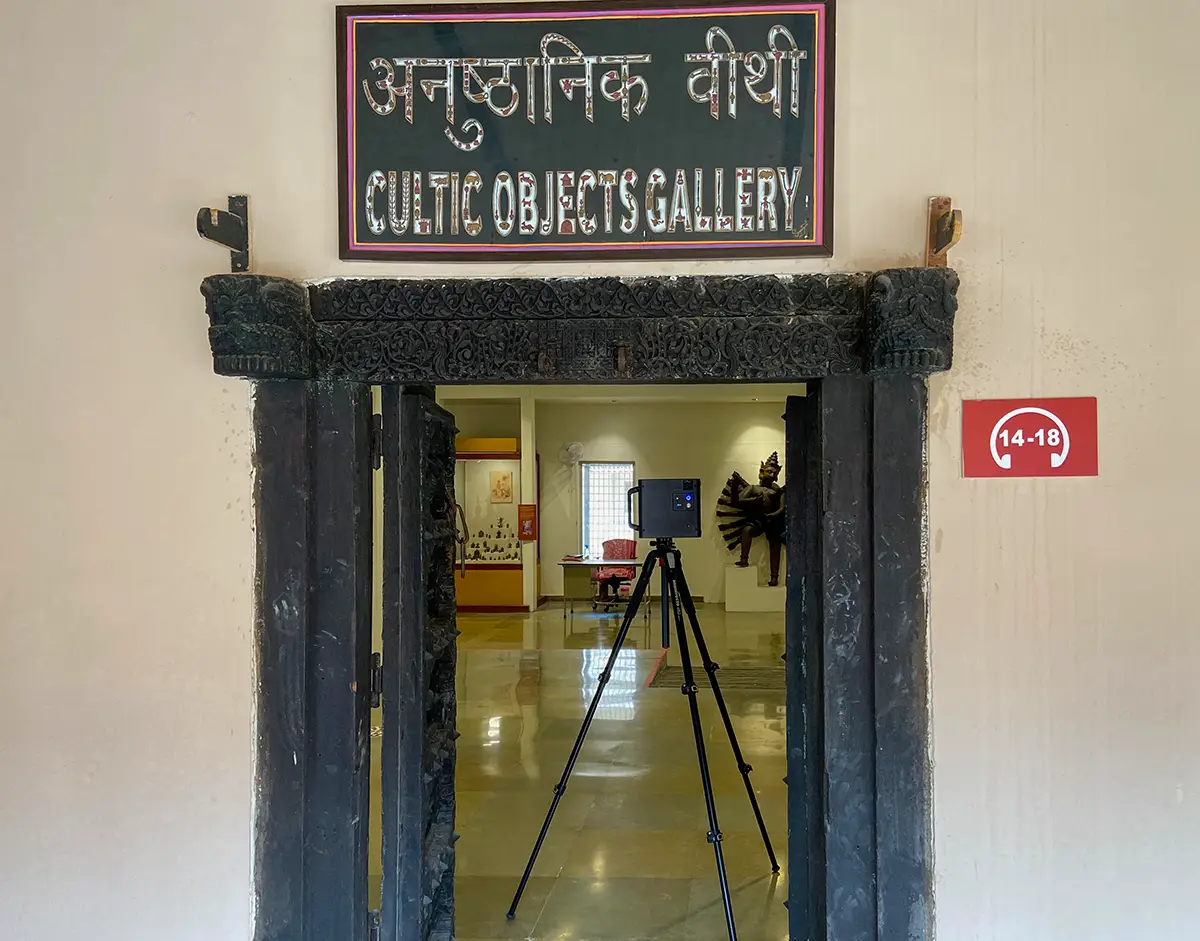Museums, art galleries, and historical sites serve as custodians of cultural heritage. They face ongoing challenges related to the conservation of delicate artifacts, physical accessibility, and the need to engage global audiences. 3D digital twins offer a functional toolset to address these issues, enabling new methods for preservation, accessibility, and education.
This guide provides a practical overview of how 3D digital twins are applied in the cultural sector, the benefits they offer, and key considerations for implementation.

Application 1: Digital Preservation and Archiving
A primary application of 3D digital twins in this sector is the precise documentation of heritage assets. This creates a dimensionally-accurate, time-stamped digital record of entire structures, individual artifacts, or complete exhibition halls. This permanent record is valuable for several operational needs:
- Condition Reporting: The model serves as a detailed baseline for conservation and restoration work. Conservators can remotely inspect the condition of an artifact or space over time by comparing scans.
- Insurance and Documentation: A complete 3D capture provides an indisputable record for insurance claims or historical documentation.
- Reduced Handling: For fragile items, a high-fidelity digital twin allows for detailed academic study and inspection without the risks associated with physical handling.
Application 2: Global Access and Audience Engagement
Digital twins expand the reach of cultural institutions by removing geographical and physical barriers. This allows for new forms of audience engagement:
- Persistent Virtual Exhibitions: An institution can offer a 24/7 virtual tour, allowing anyone in the world to explore current or past exhibitions. This is particularly valuable for archiving temporary shows long after they have been dismantled.
- Interactive Content Layers: Embedded annotations (e.g., "Mattertags") can be placed on artworks or artifacts. These can link to high-resolution photos, detailed text, scholarly articles, video interviews with curators, or audio guides.
- Improved Accessibility: This technology provides meaningful access for individuals with mobility challenges, ensuring that cultural enrichment is more broadly and equitably available.
Application 3: Exhibition Planning and Curation
Beyond public-facing benefits, a digital twin is a valuable internal tool for curators and facilities teams. The accurate 3D model allows staff to:
- Virtually Plan Layouts: Test different exhibition designs, artwork placements, lighting configurations, and visitor flow within a virtual model, saving significant time and physical labor.
- Collaborate with Stakeholders: Share the 3D model with artists, guest curators, designers, and donors for remote feedback and approval on exhibition plans before any physical installation begins.
- Facilities Management: The model serves as an accurate as-built record for the facilities team, documenting the location of structural elements, electrical outlets, and HVAC systems.
Conclusion
For museums, galleries, and heritage sites, a 3D digital twin is a multi-purpose tool. It serves as a permanent digital archive for preservation, a platform for global audience engagement, and an internal tool for efficient exhibition planning. It is a practical application of technology designed to extend the life, reach, and educational impact of cultural heritage.